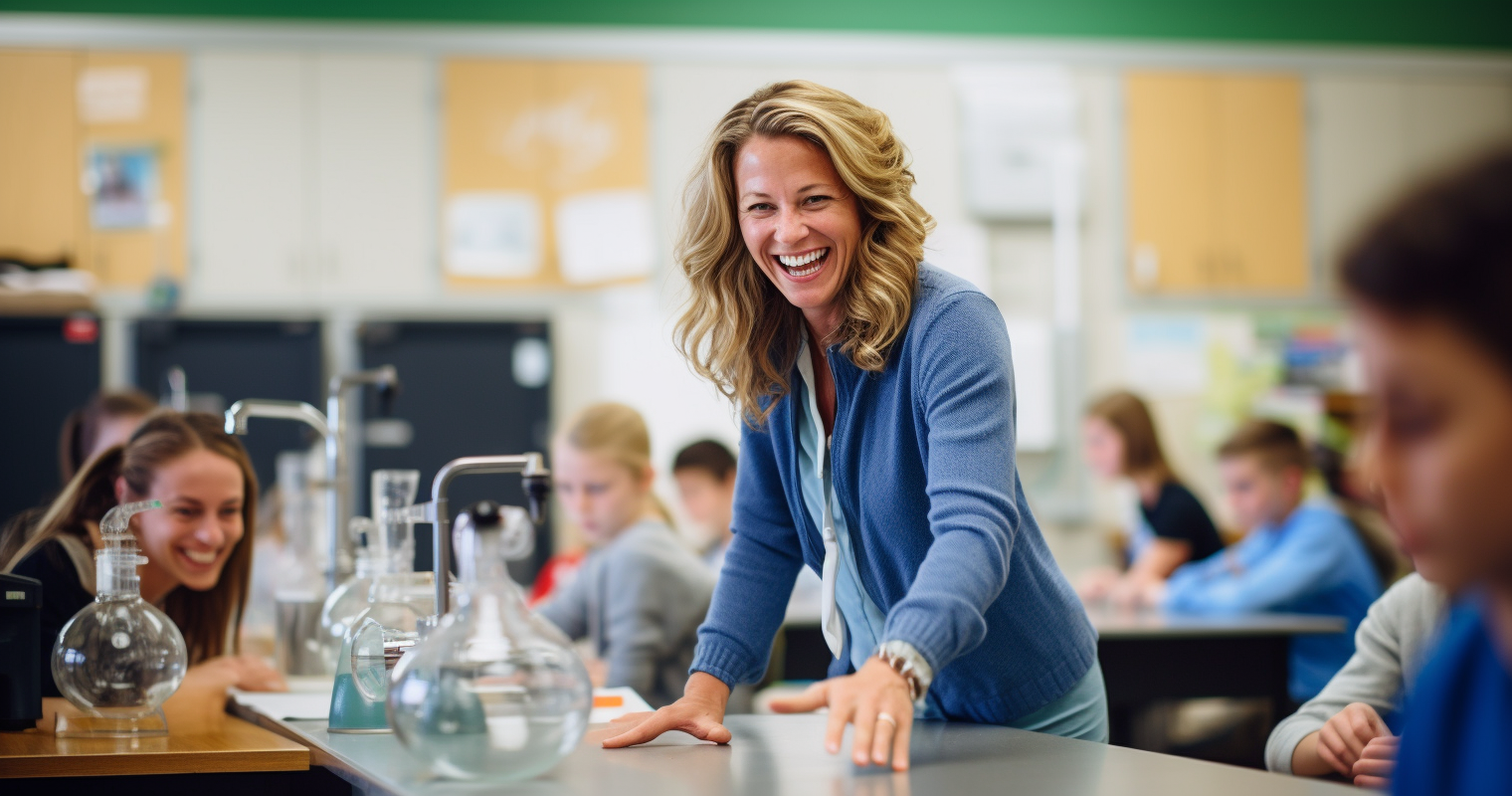The quality of education in Panama
Education in Panama has been improving in recent years, but there are still significant disparities in quality and access, particularly in rural areas and among disadvantaged populations. According to the Programme for International Student Assessment (PISA) rankings, Panama ranks in the lower half of countries in the world for education quality.
Age of compulsory education in Panama
Education is compulsory in Panama for children between the ages of 6 and 15. However, most children start school at the age of 5, and many continue their education until the age of 18 to complete secondary education.
Types of schools in Panama
There are several types of schools in Panama, each with its own educational philosophy and focus. The breakdown of schools by age is as follows:
Preschool Education
Preschool education in Panama is for children between the ages of 3 and 5. There are several types of preschool programs available, including public preschools, private preschools, and community preschools.
Primary Education
Primary education in Panama is for children between the ages of 6 and 12. There are several types of primary schools available, including public schools, private schools, and community schools.
Secondary Education
Secondary education in Panama is for students between the ages of 12 and 18. There are several types of secondary schools available, including:
- Academic high schools: These schools offer a broad range of academic subjects and prepare students for higher education.
- Technical high schools: These schools provide vocational training in a variety of fields, such as electronics, mechanics, and agriculture.
- Commercial high schools: These schools offer specialized training in business and finance.
Syllabus and qualifications
Schools in Panama follow a national curriculum that is set by the Ministry of Education. The curriculum includes several core subjects, such as Spanish, mathematics, science, and social studies, as well as optional subjects, such as foreign languages and physical education.
At the end of secondary school, students take a national exam called the Bachillerato, which assesses their knowledge and skills in various subjects. The Bachillerato qualifications are widely recognized and accepted by universities and employers in Panama and other Latin American countries.
School hours and holidays
School hours in Panama typically run from 7:00 am to 1:00 pm for primary schools and 7:00 am to 2:00 pm for secondary schools, although they may vary depending on the school. There are two-week breaks in December and April, as well as a three-month summer vacation from December to February.
Enrollment and competition
To enroll in a school in Panama, parents must provide proof of residency, such as a passport or ID card, as well as a birth certificate or passport for their child. There may be some competition for enrollment in popular schools or schools in areas with high demand, particularly in urban areas.
International schools
There are several international schools in Panama that cater to expats and international students. These schools offer education in English or other languages and follow international curricula, such as the International Baccalaureate or the American Curriculum. Some notable international schools in Panama include:
- International School of Panama: A school in Panama City that offers education from preschool to secondary school, following the International Baccalaureate programme.
- Balboa Academy: A school in Panama City that offers education from preschool to secondary school, following the American Curriculum.
- King’s College Panama: A school in Panama City that offers education from preschool to secondary school, following the British National Curriculum.
Higher education options
Panama has several universities and institutes of higher education that offer undergraduate and graduate programs in a variety of fields, including business, law, medicine, and engineering. Some of the top universities in Panama include the University of Panama, the Technological University of Panama, and the Quality Leadership University.
To enroll in higher education in Panama, students must have a high school diploma or an equivalent qualification. Some programs may have additional requirements, such as language proficiency tests or entrance exams.
In addition to universities, Panama also has several vocational schools and technical institutes that offer training in trades such as mechanics, welding, and electrical work.
Education in Panama has made significant strides in recent years, but there is still work to be done to ensure that all students have access to quality education. Education is compulsory for children between the ages of 6 and 15, and there are several types of schools available for different age groups and educational goals. The national curriculum provides a framework for teaching and learning, and students take national exams at the end of secondary school to qualify for higher education. Panama also has several international schools and universities for expats and international students.

